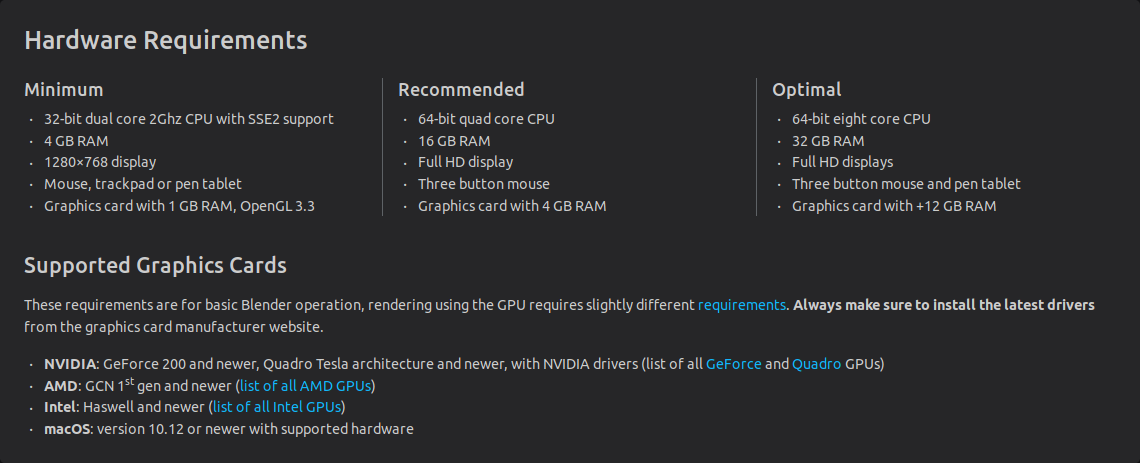

When you have to separate out albedo, roughness, normal, and metalness maps, the challenge gets even harder. One of the hardest parts of texturing is.finding the textures in the first place! This addon is very simple to use, unobtrusive when you’re not using it and does exactly what it says it does. Not only does this addon's title pack three words into one (so you know it means business), NodeCustomBuilder also saves as many nodes as you want into one click. There’s really not a lot to it, but - boy, does it come in handy! It’s bundled right into Blender, so all you need to do is check it on and save those settings. You can edit the material options on import to use the image alpha as transparency, animate through an image sequence, set absolute dimensions, and anything else you’d likely want to do with an image on a plane. It’s as simple as it sounds! This neat Blender addon lets you import an image as a mesh plane with the correct dimensions and texture automatically applied.

Import Images as Planes (Free - in Blender by default) It’s free on GitHub, so give it a try and see if it helps speed things up for you. You can also quickly see which textures are saved with a fake user and which are packed right into the file, as well as quickly delete unused images. Well, Extra Image List makes finding textures a much easier experience by giving you a persistent list in the sidebar, bigger thumbnails, and a large thumbnail search view. Have you ever had to scroll through a really long list of textures with tiny thumbnails in the image editor to pick the right one? Here are some of my favorite addons that will save you time, too! while getting the exact same (or better) results with the help of some addons. Mat.diffuseTexture = new BABYLON.Texture("blender/arch.I’ve spent a lot of time texturing things in Blender, and I recently found out that I could have spent a whole lot less time. It seems that BJS did not take in consideration the existing UV Mapping and applied wrong mapping: var mat = new BABYLON.StandardMaterial("newMat", scene) So I created a material and tried to apply to my mesh. Then I decided to follow a working solution for a cube: = true // get error here as there is no diffuseTexture in this mat. O BJS I tried to enable Alpha by getting material reference with no luck: var mat = arch.material Īlso tried other possible settings like: mat.backFaceCulling = false So I am only using 2.8 with latest exporter.

BTW… existing Blender tips is VERY different than 2.8 and former exported made for 2.79 crashes crashes on 2.79.

On Blender I tried to enable PBR Transparency mode: Alpha test & Blend as well as Blend. However, after many attempts I still can not get my model to have a face with transparent areas according to its texture. “Transparency and How Meshes Are Rendered” I tried my best doing my “homework” by reading:


 0 kommentar(er)
0 kommentar(er)
